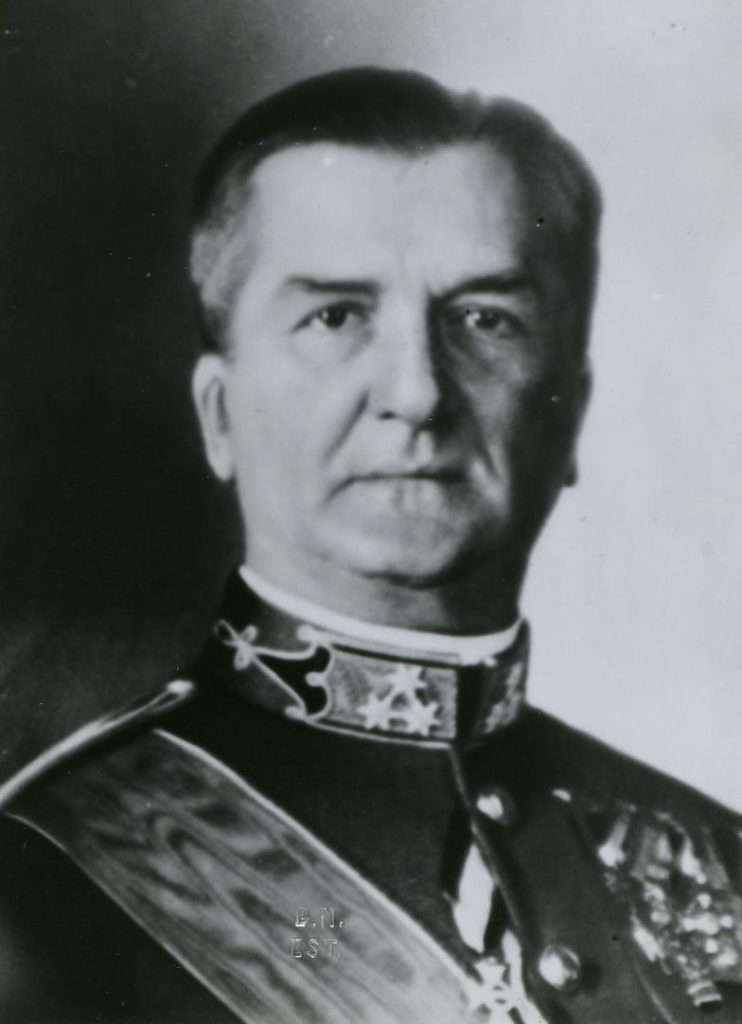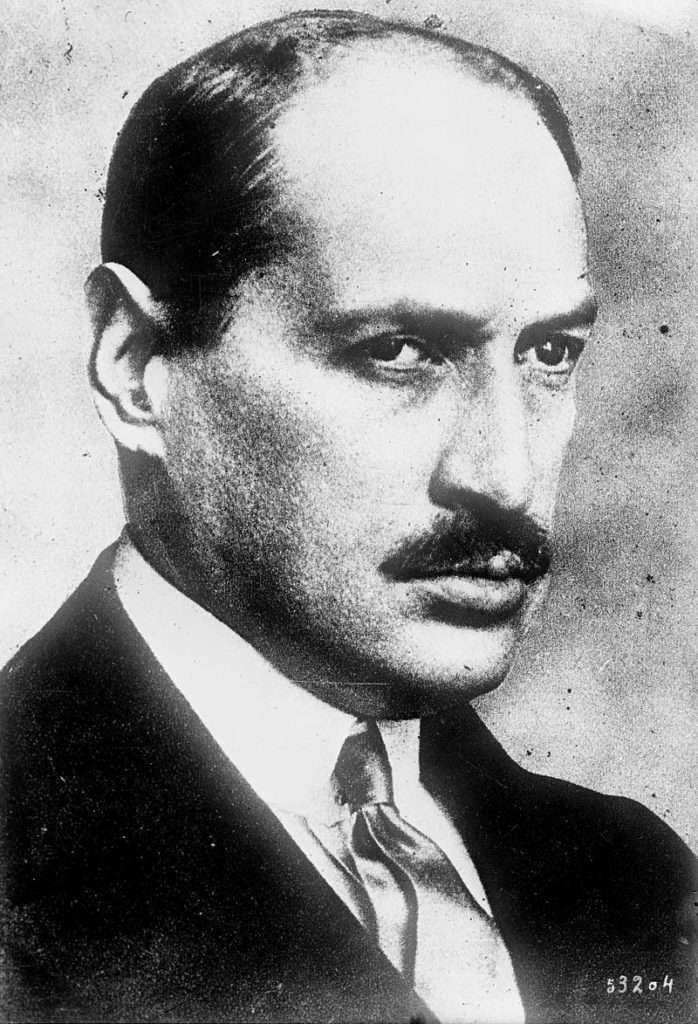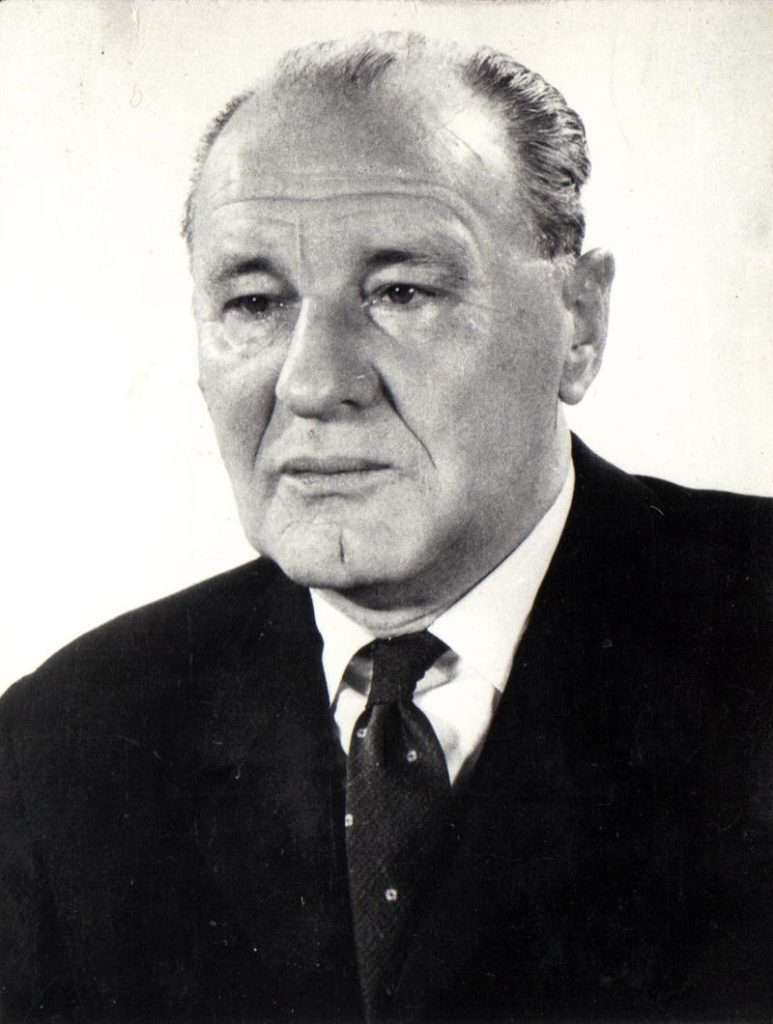The stories of the five most hated Hungarian historical figures
Hungarian history has a lot of important and iconic historical figures who played an important part in shaping the country’s legacy and culture. These persons are usually great kings, inventors, sportsmen and sportswomen, artists, painters and in some cases political figures. But on the other hand, in the history of Hungary, some persons were hated by Hungarians and left a negative impact and influence in the country. Today you can read about the short stories of five Hungarian historical figures who were hated by Hungarians.
Miklós Horthy (1868–1957)
Born in Kenderes (Jász-Nagykun-Szolnok County), Horthy was Hungarian admiral and statesman who later became the Regent of Hungary. He served as Regent in the Kingdom of Hungary during the two World Wars and throughout mostly World War II. During the 1930s, Horthy’s foreign politics led Hungary to become an ally of Germany against Soviet Russia.
Under Horthy’s support, Hungary gave support to Polish refugees and refused to hand over 600,000 Hungarian Jews during the Holocaust to German authorities. His later efforts to extricate Hungary from the war led to his forced abdication and abduction by the Germans in 1944.
Many people blame him for losing World War II and considered to be one of the most controversial Hungarian historical persons of all time.

Mihály Károlyi (1875–1955)
Count Mihály Károlyi was briefly Hungary’s leader from 1918–1919 during the similarly short-lived First Hungarian People’s Republic. He served as prime minister between 1 and 16 November 1918 and as president between 16 November 1918 and 21 March 1919. His political leadership was considered to be a failure and was a weak and insecure leader.
During the Horthy-era, many titled him as the main reason for the Trianon and labelled him as the traitor of Hungary.
On the other hand, he was the first to recognise that Hungary’s negative and violent politics could lead to a big and fatal war (World War I). Today he is still a controversial person among Hungarians.

Mátyás Rákosi (1892–1971)
The cruellest Soviet politician became the leader of Hungary on 12 June 1948. Between 1945 and 1956 he was the leader of the Hungarian Communist Party and later in the same position the Hungarian Working People’s Parties. His strong belief in the Soviet political regime made his Rákosi-era the most unpopular period of Hungarian history.
He slowly built up a dictatorship in the country where the government spent every single penny on the improvements of the country’s economic and military system.
In this way, the people of Hungary became extremely poor and had barely enough income and something to eat. He also imprisoned and killed many people during this dark era of Hungary.

Ferenc Szálasi (1897–1946)
He was the leader of the fascist Arrow Cross Party – Hungarist Movement, the “Leader of the Nation”, being both Head of State and Prime Minister of the Kingdom of Hungary’s “Government of National Unity” for the final six months of Hungary’s participation in World War II, after Germany occupied Hungary and removed Miklós Horthy by force. Seeing Horthy’s weakening era, Szálasi decided to remove him with a trick from his position and to rule the country by himself. His ideology was to serve Germany with every possible method available.
During his brief rule, Szálasi’s men murdered 10,000–15,000 Jews and committed countless and cruel war crimes with his men.
After the war, he was executed after a trial by the Hungarian court for war crimes and crimes against humanity committed during World War II.

János Kádár (1912–1989)
He was a Hungarian communist leader and the General Secretary of the Hungarian Socialists’ Workers Party, leading the country from 1956 until his retirement in 1988. As the leader of Hungary, Kádár was a team player and took care to consult his colleagues before acting or making decisions and his tenure saw an attempt at liberalising the economic system to put greater effort to build up industries aimed at consumers. His rule was marked by what later became known as Goulash Communism.
Kádár was responsible for making the Revolution and Uprising of 1956 stop. With his Soviet-friendly principals, he was allowed to make only a few major improvements in Hungary.
Although his party tried to make the Hungarian economy better, it remained almost the same and entered a stage of stagnation by the 1980s.







Plus the Habsburgs! Most anti-Hungarian group ever.